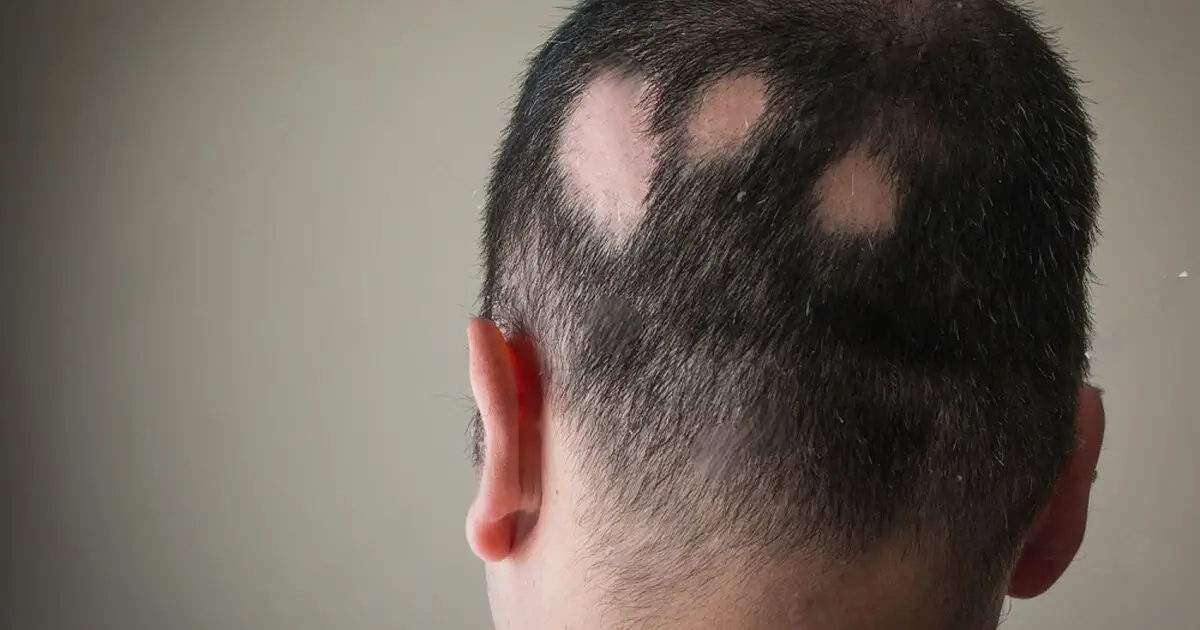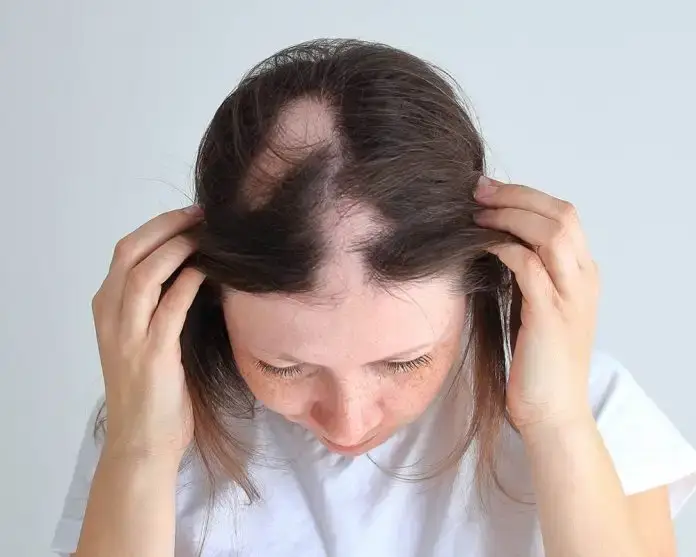An autoimmune condition called alopecia areata makes your hair fall out, frequently in clumps around the size and shape of a quarter. Everybody experiences hair loss to a different degree. Some folks only occasionally lose it. Many other people lose. Sometimes hair falls off and then comes back. Others experience permanent hair growth.
Types of Alopecia Areata
This disorder comes in various forms. Although the primary form of alopecia areata is the most prevalent, there are additional, more uncommon types:
- Alopecia areata totalis indicates you’ve lost all of your hair on your head
- Alopecia areata universalis is characterized by hair loss all over the body
- Diffuse alopecia areata is characterized by unexpected hair thinning rather than missing regions
- Ophiasis alopecia areata causes hair loss in a band shape around the sides and back of your head
Symptoms
The main and often the only symptom of alopecia areata is hair loss. You may notice:
- Small bald patches on the scalp or other parts of the body
- Hair regrows in one place and falls out in another
- Spots can grow and coalesce into bald spots
- Lose a lot of hair in a short period of time
- Increased hair loss in cold weather
- Red, brittle, and bruised toenails
causes
Doctors don’t know why this happened. But they believe there is something in the genes of those who get it that makes it more likely. Then the hair falls out. Learn more about the causes of hair loss.
- A family member who has it
- Asthma
- Down syndrome
- Pernicious anemia
- Seasonal allergies
- Thyroid disease
- Vitiligo
Alopecia Areata – Patchy hair loss in women
Alopecia areata affects women more frequently than it does men. And when hair suddenly starts falling out, women in particular frequently endure great suffering.
Even if bald heads are becoming more and more common among women, flowing hair and dense hair are still seen as signs of femininity.
If not, a wig can at least hide it from sight. A hair transplant may be an option if the hair does not regrow adequately after the condition has been treated.
How Hair transplant is helpful in Alopecia Areata
Hair transplantation is a surgical procedure that offers long-term remedies for alopecia’s. Follicular unit transplantation is the foundation of contemporary hair restoration surgery. The FUE (Follicular Unit Excision) procedure is acknowledged as the most widely used technique and produces the greatest outcomes globally.
The most crucial elements influencing the effectiveness of surgical treatment are the proper patient selection and surgical experience. Not every hair loss sufferer is a candidate for hair transplantation (alopecia). Hair transplantation should be chosen after a dermatologist has examined your hair and determined the kind and severity of your alopecia.
Hair transplantation is not a suitable therapeutic option for alopecia areata due to its autoimmune and recurrent nature. Studies have demonstrated that following alopecia areata surgery, hair loss recurs because the disease has become active. Because of this, it is preferable to use medical treatments in resistant alopecia areata situations rather than hair transplantation and other disguise techniques.
If you need more detailed information about Hair restoration process feel free to schedule a meeting or send your query to us via Whatsaap


